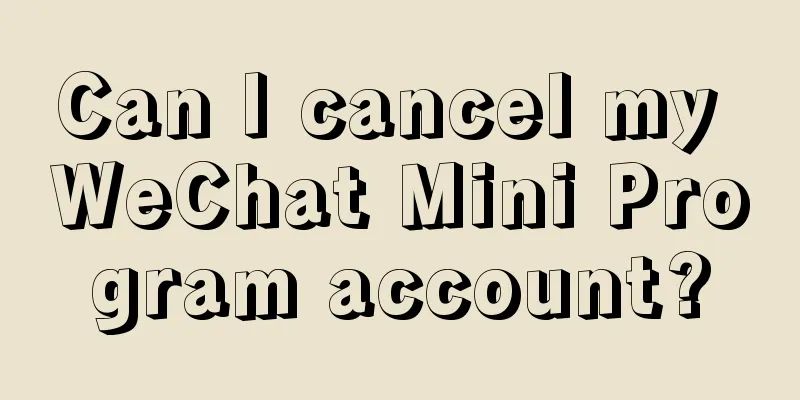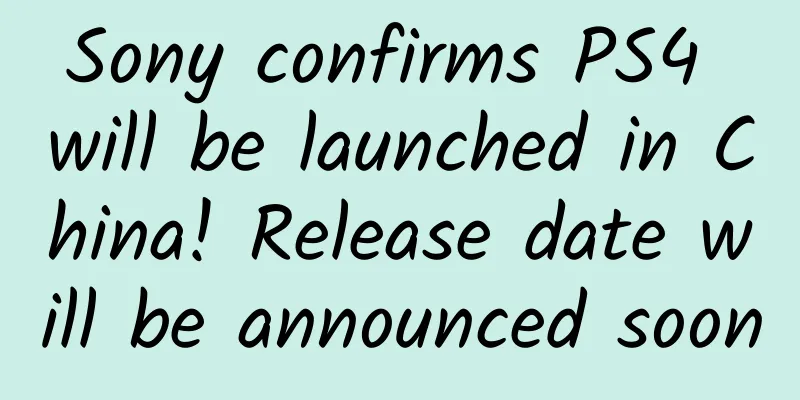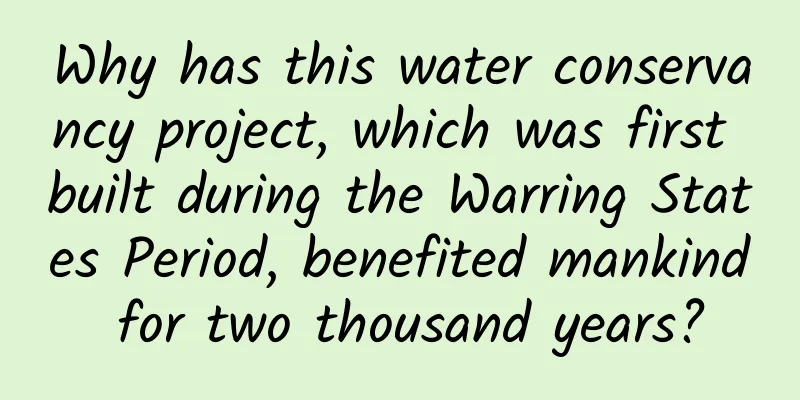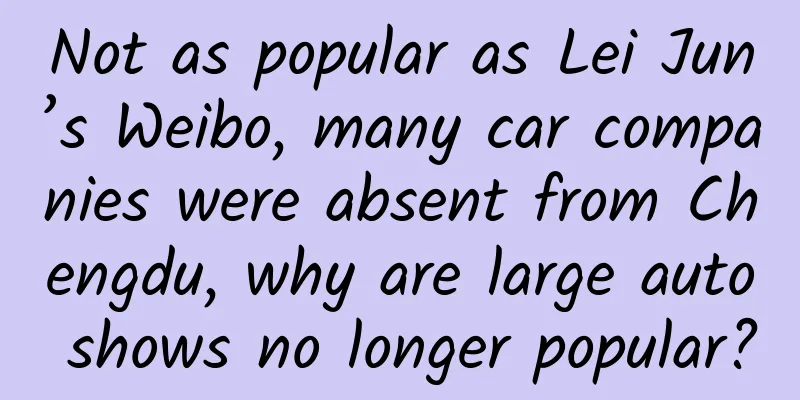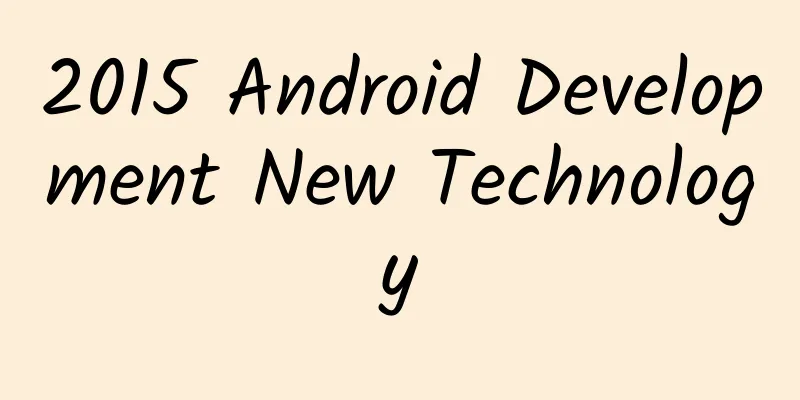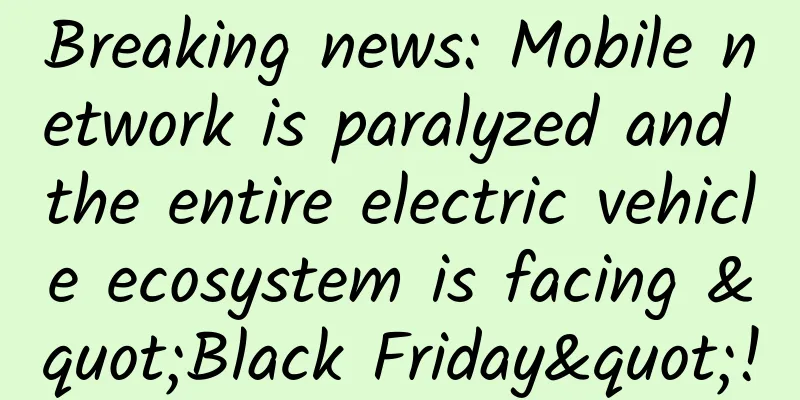The smiley face symbol was sold at a sky-high price of over 2.5 million. Why is NFT so valuable?
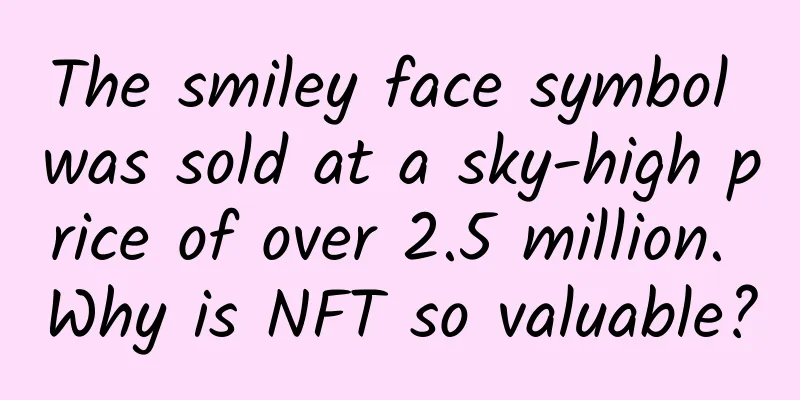
|
Let me first show you some priceless works of art. The name of this painting is "The First 5000 Days", and its author is Bipul. According to the author's own account, he has insisted on creating an original digital artwork every day since May 1, 2007. Some of these works are essays and exercises, while others are highly detailed works of art. As of January 7, 2021, he has persisted for a full 5,000 days. He collaged these 5,000 digital works together and finally completed this masterpiece. On March 11, 2021, the painting was sold at Christie’s for $69.3 million. The transaction also broke the world record for the most expensive work by a living artist[1]. You may still not quite understand the meaning of this work, but it’s okay, let’s look at the next one. This is a set of pixel-style icons[2], with a total of 10,000 icons. The author claims that no two icons are exactly alike. Each icon can only be sold to one person. The icons were sold out as soon as they were released. On August 31, 2021, Justin Sun, the founder of blockchain startup TRON, spent $10 million to buy one of the icons and set it as his own avatar[3]. If you can’t remember who Justin Sun is, let me remind you that he is the one who spent 30 million yuan to bid for Buffett’s lunch, but then stood him up. This avatar worth 10 million US dollars is 24 x 24 pixels in size. It can be said that this is a digital image containing only 576 pixels, and the price of each pixel is as high as more than 17,000 US dollars. How about it? Is it even more confusing? There is more! On September 19, 1982, Scott Fahlman, a computer science professor at Carnegie Mellon University, invented the two most widely used symbols since humans entered the information age, namely "smiley face" and "crying face". The famous yellow face emoticon package in our chat software now comes from Professor Fahlman's idea. Currently, these two emojis are being auctioned on the homepage of Heritage Auctions, the world’s largest auction house for collectibles[4], and the current price has reached $356,250. Since this set of emojis only has 6 characters in total, the price of each character has reached a sky-high price of $59,375. What is NFT? Do you feel like "I don't understand, but I am shocked" at this point? In fact, as long as you temporarily ignore the frighteningly high price, we can easily understand the essence of these phenomena: whether it is a photo puzzle, a cartoon avatar or a text smiley face, their common feature is that they are digital artworks. A technology called "NFT (non-fungible token)" provides a guarantee for the transaction of digital artworks. Don't be scared by the strange term "non-fungible token", it is actually very easy to understand. For example, I asked you to borrow 100 yuan in banknotes today. When I return it to you in a few days, you can accept it whether I give you banknotes or WeChat red envelopes. You don't care whether this 100 yuan is the same one I borrowed, or even how I return it to you. Then this 100 yuan is a kind of fungible token. In addition to currency, things like QQ coins and Bitcoin also have certain monetary properties, which are also called fungible tokens. Knowing the concept of fungible tokens, non-fungible tokens are easy to understand. We can generate a string of fixed length by processing pictures, texts, Word documents or any piece of digital information through a mathematical process called "hash algorithm". The biggest feature of this string is that it is irreversible, that is, no one can reverse the original information through the string. Moreover, as long as the original information is slightly different, the generated string will be completely different, without any rules. Therefore, people also figuratively call this string a digital fingerprint. Just like a fingerprint, it is the unique feature of a certain electronic file. When we save the digital fingerprint on the blockchain and attach the owner's identity information at the same time, an irreplaceable token is generated, called NFT. Regardless of all the technical details, you can think of it as NFT is a certificate that proves that you own a certain electronic file. This certificate cannot be forged or denied. NFT ensures the uniqueness of digital artworks to a certain extent. It makes digital artworks tradable and collectible. This is the technical basis of the sky-high digital art auction you just saw. Why is it unique to a certain extent? I don't know if you noticed that I just said "to a certain extent ensure the uniqueness of digital artworks", not "absolutely unique". Can't I definitely obtain the ownership of a piece of digital artwork after spending tens of millions of dollars? Unfortunately, I really can't. What makes digital artworks different from traditional artworks is that they are reproducible. Leonardo da Vinci created a "Mona Lisa", and the "Mona Lisa" is indeed the only one in the world. Even if Leonardo da Vinci painted another one himself, it would only be "Another Mona Lisa". Physically, the two paintings are not the same. As for digital artworks, we can only make it more difficult for people to copy it through technical means, but we cannot really prevent copying from happening. If someone obtains a copy of a digital artwork, then in essence, the copy is no different from its original. NFT technology cannot guarantee that digital artworks will not be copied, it can only guarantee that you are the recognized owner of the work. So, leaving aside the issue of being copied, can NFT technology guarantee that you are the only owner of this artwork? Unfortunately, there is a loophole. I mentioned earlier that as long as there is a slight difference in the input data, the digital fingerprint generated by the hash algorithm will be different. If you add a space to the end of a file or change the color of a pixel in a photo by a little bit, they are still the same file and photo to the user. But to the algorithm, they are indeed completely different data, and of course they will have completely different digital fingerprints. If I register a photo as an NFT artwork and sell it to you, and then add a white border to the photo and sell it to another person, would you agree? I think you certainly won't agree. But technically speaking, these two photos are indeed two different NFT artworks. Therefore, from a technical principle, NFT cannot prevent a work from being sold repeatedly. What can really protect the rights of buyers is the transaction agreement with the author. Most authors will not resell their works out of industry ethics, but there are exceptions. For example, after the work of "The First 5000 Days" mentioned at the beginning was sold at a sky-high price, Beeple, the author of "The First 5000 Days", immediately cut the painting into 105 small pieces while the iron was hot, and then registered an NFT artwork for each piece, and then auctioned them separately. As a result, each small piece was sold for a good price of more than 100,000 US dollars. [5] I don’t know how the buyer who bid $69.3 million felt when he saw this, but it certainly did not violate the original agreement. Understanding NFT Artworks Although NFT is digital art, almost all of the sky-high transactions of NFT artworks take place in traditional auction houses. In order to satirize the auction house's hype of artworks, the famous street artist Banksy created a print called "Idiot". In his painting, an auctioneer is eloquent and inciting collectors in the audience to bid. The work the auctioneer is selling is just an empty photo frame with a few lines of words clearly written on it: "I can't believe you idiots bought this thing." Even more ironically, the painting was bought by a blockchain company and then burned in a live broadcast[6]. Subsequently, its electronic version was made into an NFT artwork and put up for auction on the NFT trading website OpenSea, with the final transaction amount exceeding RMB 4 million[7]. Therefore, although you are surrounded by cases of NFT artworks being sold at sky-high prices, this is not the essence of NFT artworks. Just like some works in the traditional art market are buried and some are overvalued, NFT only provides a certain degree of technical support for digital art transactions. As for how much these artworks are worth, whether they are worth collecting, and whether they can still increase in price, this has nothing to do with NFT technology. As a popular science person, I certainly can't give you advice on art investment, but you can listen to the opinions of artists like Banksy, who are all disgusted with such hype. The real purpose of NFTs So, is NFT really useless? Of course not. NFT has become popular on the entire Internet through sky-high auctions. Although I don’t appreciate this way of going viral, its core function is still clearly demonstrated, that is, copyright protection. In industries such as designers, photographers, and music creation, the phenomenon of works being plagiarized can be said to be common. In the digital age, the cost of copying a work is too low. Sometimes, pirated copies can be seen everywhere within a few seconds after the original version is released. NFT can very conveniently help authors complete unchangeable copyright statements and provide reliable evidence for future copyright disputes. Technology must solve practical problems to maximize its value. Therefore, I prefer to call NFT blockchain copyright protection. In addition to protecting digital artworks, we can also use it to protect digital photos, music works, and various documents. I believe that blockchain copyright protection technology will definitely become a standard service on the Internet in the future. When we use any software, just press a shortcut key, and the software can automatically help us automatically create a copyright statement on the contracted blockchain. At that time, the most difficult step in copyright protection - collecting evidence - will become a simple matter. As for the future sales of digital artworks, it is likely to be completely different from the current model. The current NFT art sales only guarantee the buyer's ownership of the current artwork. In the future, buyers and sellers can create a blockchain-based contract online to make detailed agreements on the ownership, use rights, and adaptation rights of the artwork by the original author, so that a work can continue to be sold with minor modifications. Talk about the current situation in China Any company that can provide blockchain services can turn your work into a digital artwork. Some of these platforms that provide NFT services are charged, while others provide completely free services. You can even auction the same work on many different platforms, just like you can sell a painting on Taobao and JD.com at the same time. Many blockchain companies in my country can provide similar services, among which Ant Group's Ant Chain is the most complete one among all platforms. Ant Chain also has a special sales service for digital artworks. The digital torch of the Hangzhou Asian Games is a recently well-known digital collection. However, Ant Chain issued a statement on September 24, firmly opposing all forms of speculation in digital collections. They will also use technical means to crack down on transactions suspected of online fraud. Such a statement is definitely a good thing for my country's newly emerging digital art market. An authoritative report released by the "Intellectual Property Asset Management" magazine shows that Ant Group, Ping An Insurance and Tencent have applied for 2,298, 1,748 and 1,666 blockchain-related patents respectively, occupying the top three in the world's blockchain patent applications. From the number of patent applications, it can be seen that my country has achieved good results in using blockchain to solve the problem of mutual trust in the industry. However, the problem that is worth worrying about is that my country's blockchain-related applications all focus on centralized deployment in order to pursue high efficiency and high concurrency. There is almost no highly decentralized project like Bitcoin. High reliability and high efficiency are still the two extremes of blockchain technology. The improvement of the level of decentralization can greatly increase the difficulty of data tampering, but it must bear the cost of reduced efficiency. The highly centralized blockchain loses the reliability of data. If a blockchain system has only one node, the security of the data will be reduced to a level that is not much different from traditional data storage. At present, balancing and compromising between reliability and efficiency remains the biggest challenge that blockchain companies need to face. Ending: Outlook I guess that future blockchain applications may be segmented according to actual applications. Projects that have high data security requirements may choose a highly decentralized deployment solution. For projects that must support high concurrency, such as helping designers save a large amount of copyright information, using a more centralized deployment solution is also an option. Finally, you just need to remember: NFT is a copyright service, it is not a synonym for collectibles. Although the investment opportunity that makes people rich overnight does not exist, an Internet era of high mutual trust based on blockchain is coming to us. Source [1]https://en.wikipedia.org/wiki/Everydays:_the_First_5000_Days [2]https://www.larvalabs.com/cryptopunks [3]https://coinquora.com/tron-ceo-justin-sun-spends-10-million-on-his-first-cryptopunk/ [4]https://fineart.ha.com/itm/professor-scott-e-fahlman-b-1948-the-first-emoticons-the-smiley-and-frowny-nft-non-fun/a/11182-33001.s?ic4=GalleryView-Thumbnail-071515 [5]https://makersplace.com/jobu/the-5000-day-selects-91-of-105-47695/ [6]https://www.cbsnews.com/news/banksy-nft-injective-destroy-art-digital-token/ [7]https://opensea.io/assets/0xdfef5ac9745d24db881fef3937eab1d2471dc2c7/1 Author: Wang Jie Source: Science Voice |
<<: Can disinfectant wipes be used to wipe fruits? Only one type cannot!
Recommend
A hole was smashed into the concrete floor by a rat, and it became a popular check-in spot, with some people even paying coins...
Previously, a "rat" in Chicago, USA, be...
Belief is priceless! The long-delayed ASUS ROG Claymore RGB mechanical keyboard is still worth buying
God said, "Let there be light," and the...
How much does it cost to be an agent of Bozhou Tattoo and Embroidery Mini Program? What is the price of being an agent for Bozhou Tattoo and Embroidery Mini Program?
How much does it cost to be an agent for a tattoo...
Planning an excellent communication activity is inseparable from these points
The foundation of communication studies is psycho...
Four complaints in three days about Tesla being suspected of illegally monitoring workers
According to foreign media reports, several worke...
Analysis of Pinduoduo’s marketing activities!
I think everyone is familiar with the product Pin...
Don’t rush to dispose of your old phone. Data can still be recovered after restoring the factory settings of a second-hand phone.
Some people choose to trade in old phones for new...
Learn something new! Chili peppers are not only spicy, they can also be used to make lipsticks.
The weather is getting colder. It is such a happy...
Vivo Z6 is a performance pioneer, bringing 5G mobile phones into the 2,000 yuan range with a quasi-flagship attitude
Since 2018, many mobile phone manufacturers have ...
The disappearance of iPad mini has put the 7-inch tablet market in a bit of an awkward position
Yesterday, Apple held a press conference to offic...
The right approach to brand marketing in 2021
Different from the keywords of traditional e-comm...
"Xianxiadao" is officially launched on WeChat Cocos2d-JS helps heavyweight mobile games
At the 2014 Cocos Spring Developer Conference, Ch...
Why did Li Jiaqi and Viya start to develop private domain traffic?
When it comes to Li Jiaqi and Viya, you might thi...
If you can’t get Bing Dwen Dwen, then get its “rock sugar shell”!
Who is the latest “new top star”? Bing Dwen Dwen ...
New policy on delayed wage payment for resumption of work: How to calculate wages for working from home? Can I still get paid while in quarantine?
After experiencing the extended Spring Festival h...
